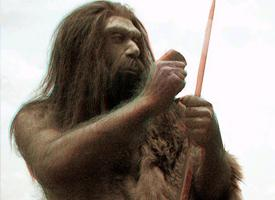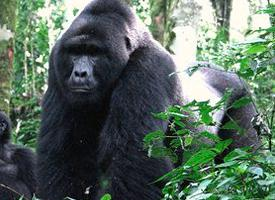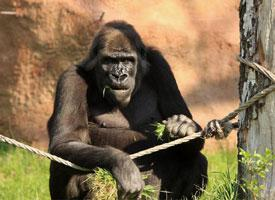
Popis zvířete
Neanderthals, or Homo neanderthalensis, represent a fascinating branch of the human family tree, having roamed various parts of Europe and Asia approximately 400,000 to 40,000 years ago. They are one of our closest extinct human relatives and their existence overlapped with early Homo sapiens for several millennia, leading to interactions and interbreeding evidenced by the DNA remnants found in modern humans outside Africa.Physically, Neanderthals were robust with a distinctive set of features that distinguished them from modern humans. They had a broad, barrel-shaped chest, a large nose, and a prominent brow ridge above their eyes. These physical traits were adaptations to the cold climates they lived in, as their large nasal passages heated cold air before it reached their lungs, and their stocky bodies retained heat more efficiently. Despite their often misrepresented brutish image, Neanderthals had a brain size comparable to or even slightly larger than modern humans, suggesting a high level of intelligence.
Neanderthals were skilled hunters and toolmakers. They primarily hunted large animals, such as woolly mammoths, deer, and bison, using sophisticated stone tools and possibly wooden spears. Their hunting strategies required cooperation, planning, and knowledge of animal behavior, indicating complex social structures and communication skills. Evidence also suggests they could control fire, which would have been essential for cooking food, providing warmth, and protection from predators.
Their social life and culture were more complex than once thought. Archaeological findings, including burial sites, indicate that Neanderthals had a concept of the afterlife or at least showed respect for their dead, a trait once considered uniquely human. They also used pigments such as ochre, possibly for body decoration or symbolic purposes, and there is evidence suggesting they crafted personal ornaments, indicating a capacity for abstract thought and cultural expression.
The exact reasons for the Neanderthals' extinction remain a subject of debate and research. Theories range from climate change and competition with Homo sapiens for resources to the impact of diseases. However, their legacy lives on, not just in the archaeological record but also genetically. The interbreeding between Neanderthals and early modern humans has left a small percentage of Neanderthal DNA in the genomes of all humans living outside of Africa today. This genetic inheritance has been linked to various aspects of human biology, from immune responses to skin and hair characteristics.
In summary, Neanderthals were a complex species with a rich cultural life, adept at surviving in harsh environments through innovation and social cooperation. Their legacy continues to provide valuable insights into human evolution and the shared history of all Homo species.
Podobná zvířata
Nové fotografie zvířat
Top 10 zvířat
- Chinese water dragon (Physignathus cocincinus)
- Galápagos tortoise (Geochelone nigra complex)
- Dolphin gull (Leucophaeus scoresbii)
- Japanese macaque (Macaca fuscata)
- Colombian red howler (Alouatta seniculus)
- Sea urchins (Echinoidea)
- Moustached guenon (Cercopithecus cephus)
- Diana monkey (Cercopithecus diana)
- Common reed warbler (Acrocephalus scirpaceus)
- Common house mosquito (Culex pipiens)


